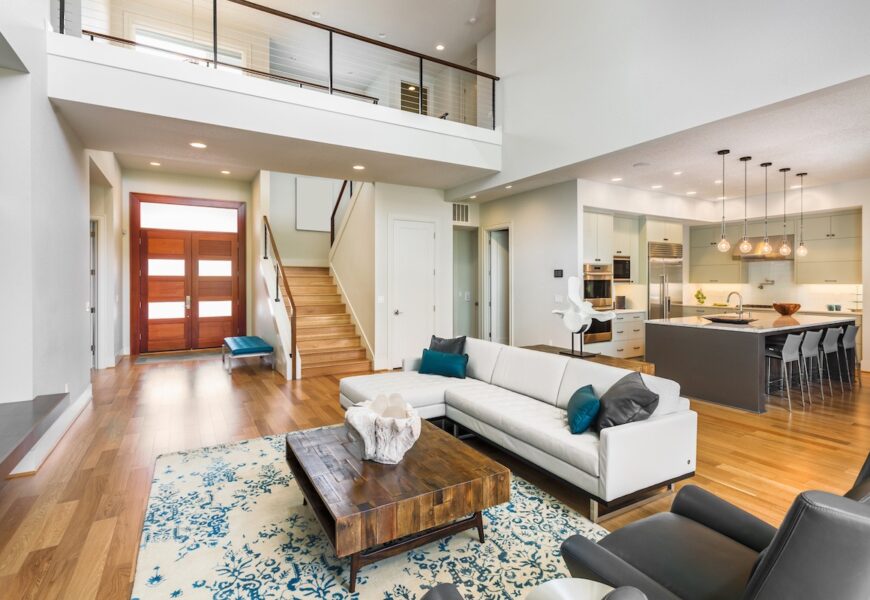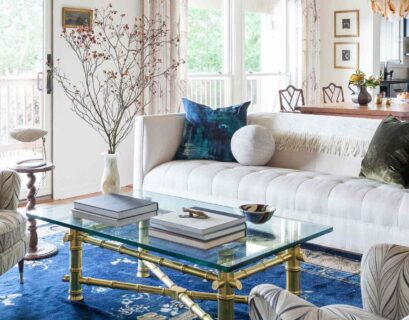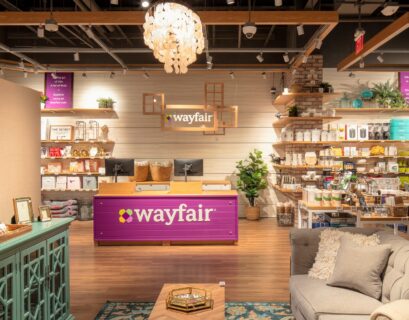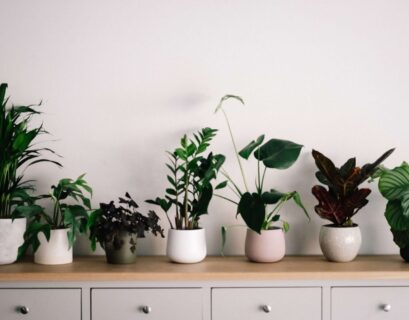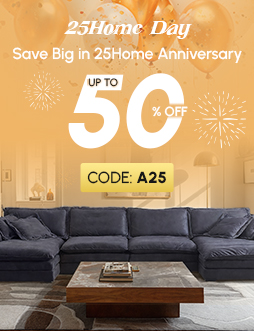Area rugs are more than just floor coverings; they are powerful tools for defining and enhancing spaces within your home. Whether you live in a spacious house or a cozy apartment, strategically placing area rugs can help delineate different zones, add warmth, and bring together your interior design. Here’s how to use area rugs to effectively define spaces in your home.
Benefits of Using Area Rugs
- Defines Spaces: Area rugs can visually separate different areas within an open floor plan, creating distinct zones for various activities.
- Adds Comfort: Rugs add a layer of softness and warmth underfoot, making rooms feel cozier and more inviting.
- Enhances Decor: With countless styles, colors, and patterns available, area rugs can complement and enhance your existing decor.
- Reduces Noise: Rugs help absorb sound, reducing noise levels and creating a quieter, more peaceful environment.
- Protects Flooring: They provide a protective layer for your flooring, preventing scratches and wear in high-traffic areas.
How to Use Area Rugs to Define Spaces
- Living Room In an open-concept living area, use an area rug to anchor your seating arrangement. Place the rug under the front legs of sofas and chairs to create a defined conversation zone. Choose a rug that complements your furniture and decor, ensuring it’s large enough to fit all the pieces comfortably.
- Dining Area Define your dining space by placing an area rug under the dining table and chairs. Ensure the rug is large enough so that chairs remain on the rug even when pulled out. This not only delineates the dining area but also adds a touch of elegance and softness to the space.
- Bedroom In the bedroom, an area rug can frame the bed and create a cozy, luxurious feel. Place a large rug under the bed, extending it on all sides to provide a soft landing when you get in and out of bed. Alternatively, use smaller rugs on either side of the bed for a similar effect.
- Home Office Define your home office area with an area rug that fits under your desk and chair. This can help create a focused workspace, especially in a multi-functional room. Choose a rug that complements your office furniture and provides a comfortable surface underfoot.
- Entryway An area rug in the entryway sets the tone for the rest of your home and creates a welcoming atmosphere. It also helps to define the entry space, especially in an open foyer. Opt for a durable, easy-to-clean rug that can withstand high traffic and the elements brought in from outside.
- Outdoor Spaces Extend your living space outdoors by using area rugs on patios, decks, or balconies. Outdoor rugs can define seating or dining areas, making your outdoor spaces feel more organized and inviting. Choose rugs made from materials designed to withstand the elements.
Tips for Choosing the Right Area Rug
- Size Matters Selecting the right size rug is crucial. A rug that is too small can make a space feel disjointed, while a rug that is too large can overwhelm the room. Measure your space and furniture to determine the best size for each area.
- Consider the Shape While rectangular rugs are common, consider the shape of your space and furniture when choosing a rug. Round rugs can soften angular spaces, while runner rugs are perfect for hallways and narrow spaces.
- Color and Pattern Choose colors and patterns that complement your existing decor. A bold rug can serve as a statement piece in a neutral room, while a subtle design can add texture without overpowering the space. Consider how the rug will interact with your furniture, walls, and accessories.
- Material and Durability Consider the material of the rug based on the room’s function and traffic level. Wool rugs are durable and cozy, perfect for living rooms and bedrooms. Synthetic rugs are easy to clean and ideal for high-traffic areas like entryways and dining rooms.
- Layering Rugs Don’t be afraid to layer rugs for added texture and visual interest. A large neutral rug can provide a base, while a smaller patterned rug on top can add color and character. This technique works well in living rooms and bedrooms.
Maintaining Your Area Rugs
- Regular Cleaning Vacuum your rugs regularly to remove dirt and prevent fibers from matting. For deeper cleaning, follow the manufacturer’s recommendations, whether that involves professional cleaning or spot treatments.
- Rotate Rugs Rotate your rugs every few months to ensure even wear, especially in high-traffic areas. This helps maintain their appearance and extends their lifespan.
- Use Rug Pads Place rug pads underneath your area rugs to prevent slipping and protect your flooring. Rug pads also add cushioning and can help reduce noise.
Conclusion
Using area rugs to define spaces is a simple yet effective way to enhance your home’s layout and decor. By carefully selecting the right rugs and placing them strategically, you can create distinct zones, add warmth and comfort, and elevate the overall aesthetic of your living spaces. Start exploring the versatility of area rugs today and transform your home into a well-organized, stylish haven.

